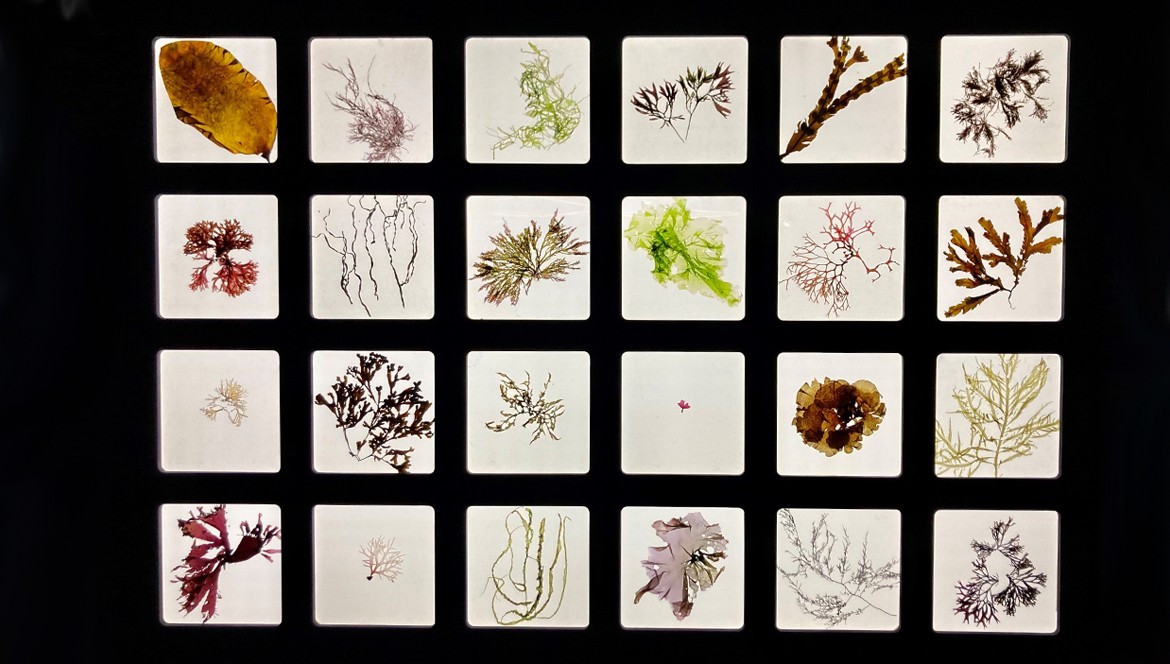Meeting with Dominique duché, director of the Tropical Aquarium of Paris

Interview with the director of the Tropical Aquarium and curator of the exhibition on Seaweed
We wanted to know more about seaweed and their uses especially in cosmetics...
Since when do we use seaweed in cosmetics ?
The sector in which algae is the oldest is agriculture. Asia has been using it for centuries in food, but that was far from the case for Europe. Indeed, it was for us to use it as fertilizer and then insert it into the industrial process under Colbert for the manufacture of glass! Then comes the 18th century when the discovery of iodine in algae will lead to an extraction of the latter in order to create the first dietary supplements with iodine. The evolution of the technology then led to the introduction of an industrial process to no longer extract it.
As research continued, in the 20th century the extraction of alginate sugars from algae began as an active ingredient. In the 1970s, the objective was to find features and objectives to meet the regulations. Based on these results, the CEVA was created in 1982 with the aim of valorizing algae and combating green algae.
How are algae and halophyte plants more effective than other active ingredients?
Their performance comes mainly from their natural appearance, less transformed (active directly extracted) and therefore more effective. Effects of our study.
Everything is a matter of nature and biology. Marine plants have activities related to the functioning of their original environment. We find everything that is favorable to life and therefore biologically closer.
First, seawater is reduced to isotony, which leads to a total affinity with the cellular liquid (the latter plays a vector role on the cell itself).
Then the minerals provide the energy for the cells to function well (it’s a bit like the fuel in our cells). Seaweed is naturally more mineral-laden. Indeed, they have protected themselves from a fascinating capacity for adaptation, not to say over-adaptation to their environment where they are faced with great stress when the high tides occur.
This capacity leads to a stronger activity, and thus a beautiful strategy of adaptation to harsh environments.
Are there good and bad algae ?
The answer is essentially yes.
First micro-algae. They live in colonies and generate toxins (toxic for food). There are between 300,000 and 1,000,000 species of algae.
The macroalga has no toxicity except the concentration of iodine and arsenic (especially present in laminaries). Arsenic is found on granite on the Armorican coast.
While:
- caulerpa taxifolia is toxic to grazers such as slugs or periwinkles,
- some algae discharge sulphates (sargasses),
- ulves (green algae, more precisely enteromorphic especially in fresh water) are torn off during the gales during the storms of October, and return to the berries to stagnate and grow thanks to the nitrogen nutrient; and that the latter rot!
- Sulphated polysaccharide also excretes H2S from the air. This excretion causes the death of surrounding animals…
Despite this, they have interesting nutritional properties. Despite this discovery, harvesting is no longer possible, machines collecting sand no longer exist.
There are also sea lettuce that can be harvested and consumed.
Is algae farming in development ?
It can be, but not just any way:
- Intensive algae cultivation can be expected in specific areas such as at the foot of offshore wind turbines, as these are protected areas,
- Monoculture should be avoided as much as possible.
We would therefore have to start in a context of polyculture rather than monoculture. The former would be more virtuous than the latter.
Where do they come from and how are they harmful ?
The development of algae is mainly due to the nitrogen they find when they settle in their new environment due to the October storms.
They are harmful because they project H2S into the air at the time of its decay at the risk of causing the death of surrounding mammals.
Do Breton seaweed have more interesting properties than the same seaweed located in another place?
Yes, thanks to the quality of the water. Indeed, the temperature of the latter varies very little (thermoclean) and the brown algae are under thermoclean.
Then we know well its growth process which is between February and March (mainly due to light) and the end of August.
For green algae, as we have seen above, it is different: they break down during winter storms so they switch to vegetative growth.
.jpg)
.jpg)
.jpg)